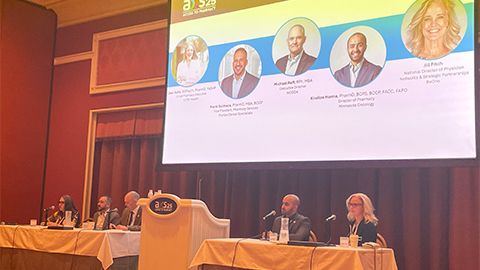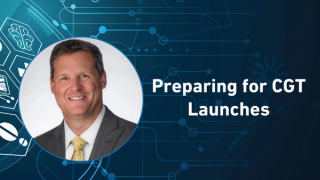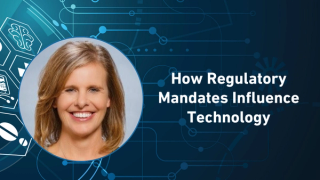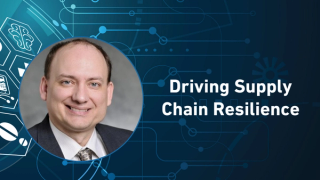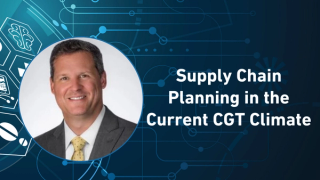
Supply Chain
Latest News
Latest Videos

More News
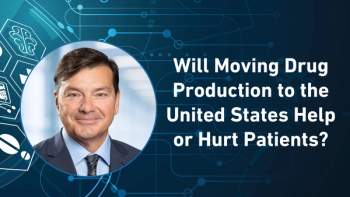
In the third part of his video interview with Pharma Commerce Editor Nicholas Saraceno, Paul Levesque, CEO of Theratechnologies, explains what the mindset be for companies who are just starting the reshoring process.

In the second part of his video interview with Pharma Commerce Editor Nicholas Saraceno, Paul Levesque, CEO of Theratechnologies, describes potential availability challenges brought on by supply chain obstacles.

The program measures a company’s air cargo supply chain efforts when it comes to quality, safety, and compliance.
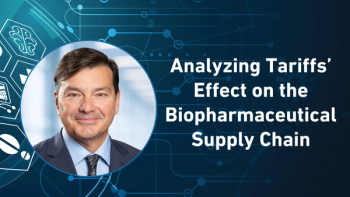
In the first part of his video interview with Pharma Commerce Editor Nicholas Saraceno, Paul Levesque, CEO of Theratechnologies, outlines how US tariffs on Canadian goods have impacted the company’s operations, particularly in terms of cost and supply chain management in the US market.
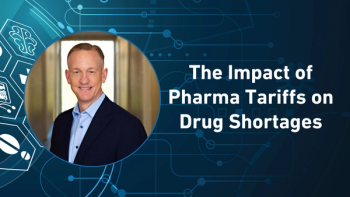
In the final part of his video interview with Pharma Commerce Editor Nicholas Saraceno, Jody Hatcher, CEO of Morris & Dickson and chair of HDA’s board of directors, outlines the implications that potential 25% tariffs on pharmaceuticals could have, as far as manufacturers reshoring their production services are concerned.
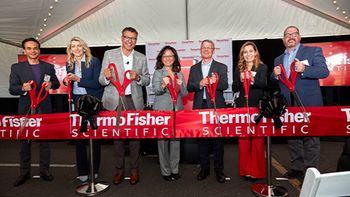
The Carlsbad plant is expected to accelerate both the development and commercialization of cell therapies.
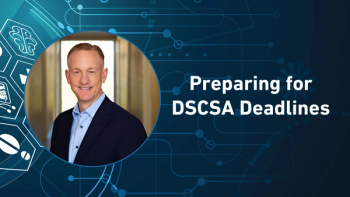
In the third part of his video interview with Pharma Commerce Editor Nicholas Saraceno, Jody Hatcher, CEO of Morris & Dickson and chair of HDA’s board of directors, comments on the steps needed to achieve Drug Supply Chain Security Act compliance.

In the second part of his video interview with Pharma Commerce Editor Nicholas Saraceno, Jody Hatcher, CEO of Morris & Dickson and chair of HDA’s board of directors, describes his day-to-day workflow at Morris & Dickson, and how it supports the efficiency and reliability of the distributor’s operations.

In the first part of his video interview with Pharma Commerce Editor Nicholas Saraceno, Jody Hatcher, CEO of Morris & Dickson and chair of HDA’s board of directors, explains how he foresees the future of the organization, along with the role he hopes to play in shaping its direction.

Will Robinson, program director, LogiPharma, explains how artificial intelligence and sustainability are driving a clear shift in priorities across the pharmaceutical supply chain.

The new firm—with 13 manufacturing facilities spanning France, Sweden, and Spain—will support the pharma supply chain through to commercialization.

Vendors are growing, and product and service offerings are expanding.

A panel discussion uncovers ways to deliver personalized therapy ops in a timely fashion.

Steffen Lang, president, operations, executive committee member, Novartis, discusses how technology will continue to enhance operations and how it will impact patients.

Steffen Lang, president, operations, executive committee member, Novartis, shares strategic insights on how pharma supply chain leaders can elevate operations to drive innovation, growth, and patient impact.
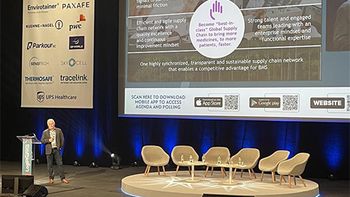
How can stakeholders prepare for changing therapy requirements?

Ensuring that essential treatments reach patients safely and efficiently is an increasing imperative in today's pharma landscape.

A keynote presentation describes how supply chain visibility should rely on digital capabilities.

A panel discussion breaks down ways for stakeholders to meet temperature-controlled operational demands pertaining to product pipelines.
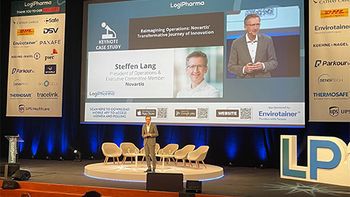
The conference’s opening keynote case study shares ways to elicit change that not only results in business growth and productivity, but a boost in patient connection as well.

The parties aim to create an end-to-end digital thread that links research data all the way through to life sciences manufacturing.
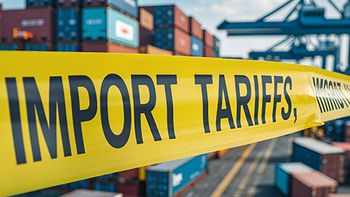
In a move meant to encourage domestic production, the president’s executive order features a 10% baseline tax, expected to take effect April 9.

The telehealth company is offering Lilly’s branded form of tirzepatide—approved for weight loss—on its site for $1,899 a month, while Lilly also sells the GLP-1 via its LillyDirect platform.

CRYOPDP—centered around clinical trials, biopharma, and cell and gene therapies—augments DHL’s specialty pharma logistics expertise.
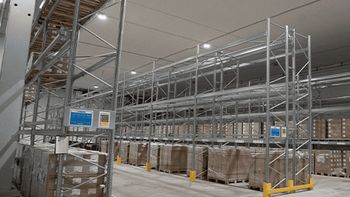
The move by the CDMO—who also houses a North American HQ in Indiana—expresses its interest in providing compliant storage and logistics solutions globally.



